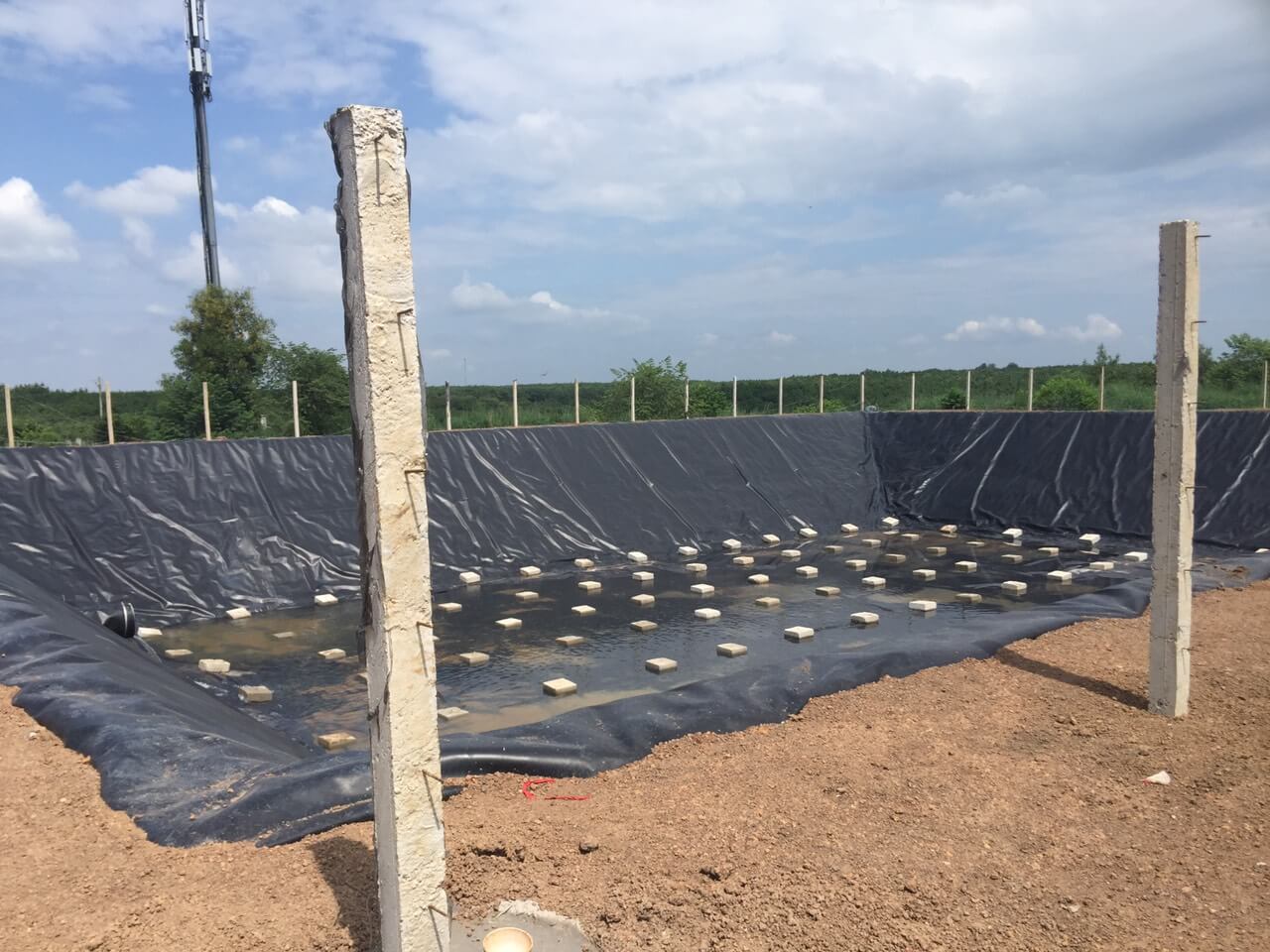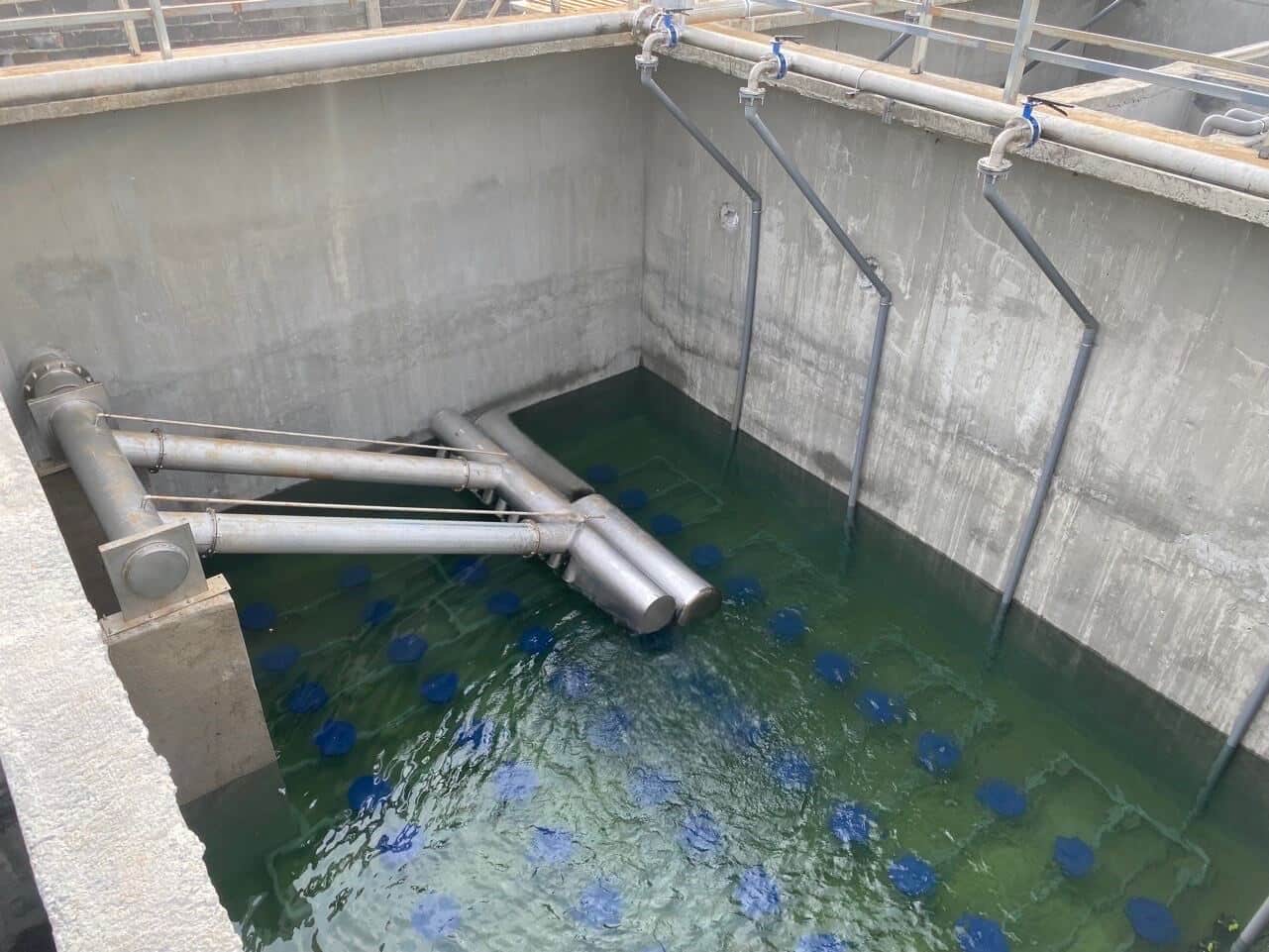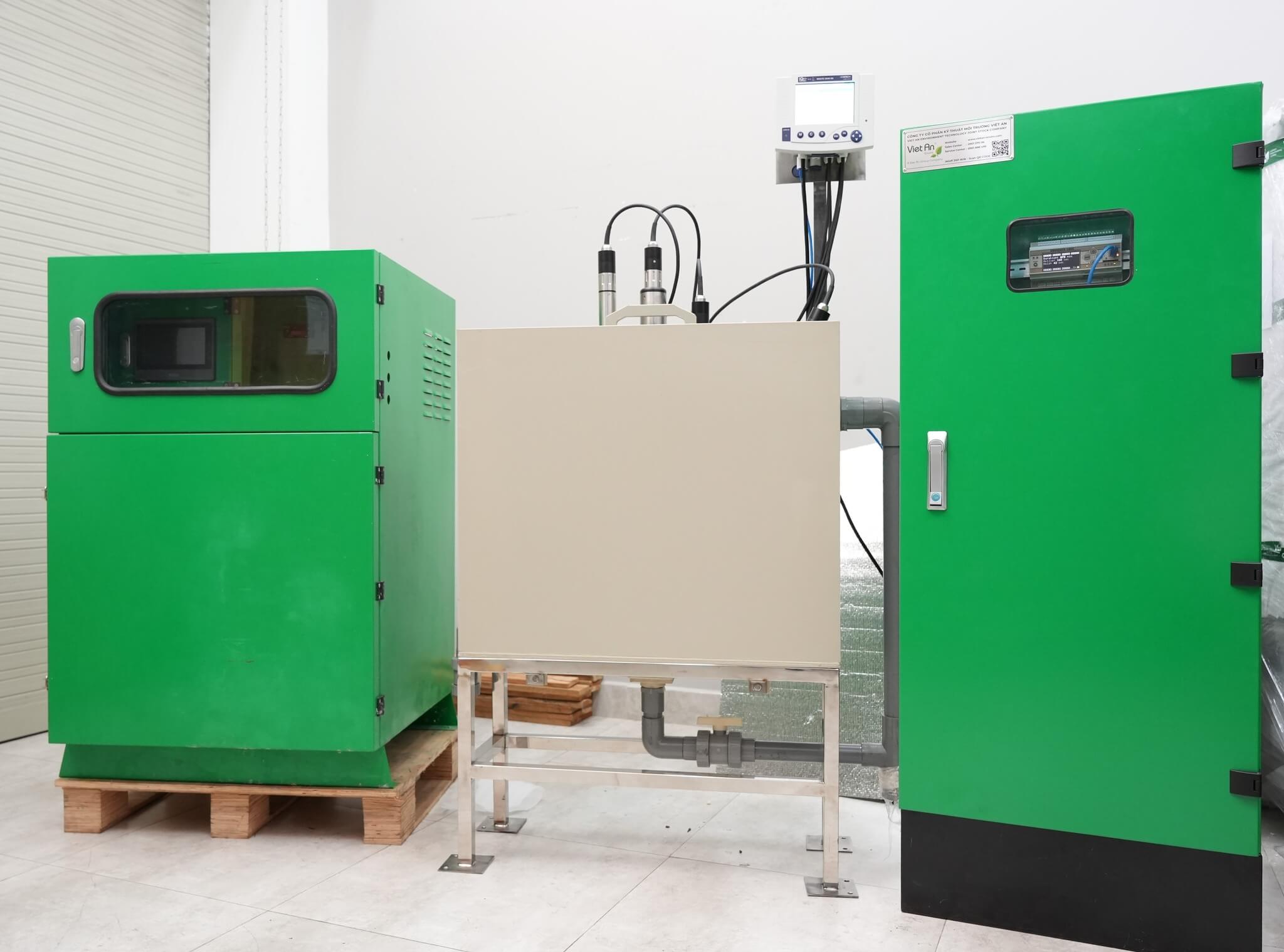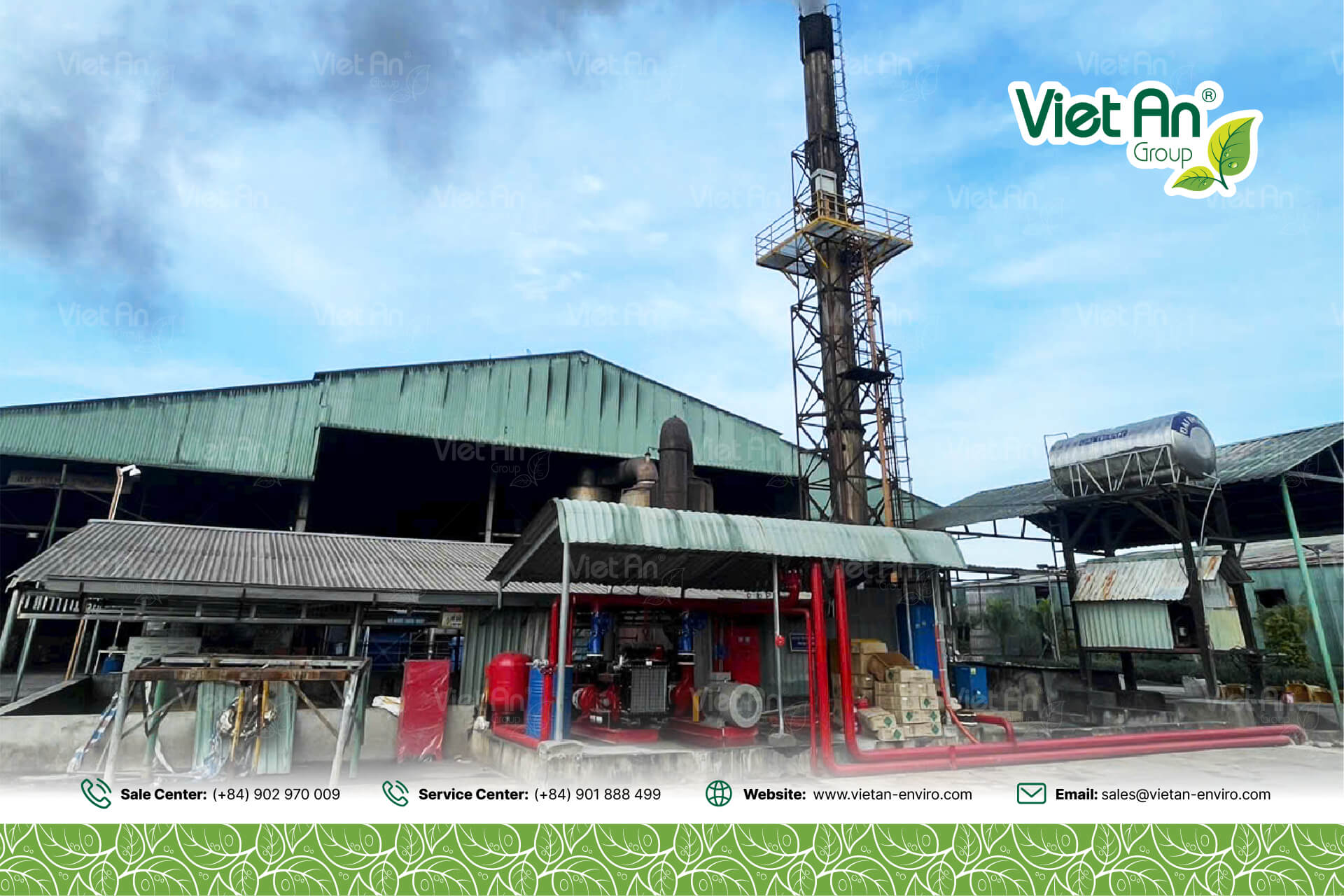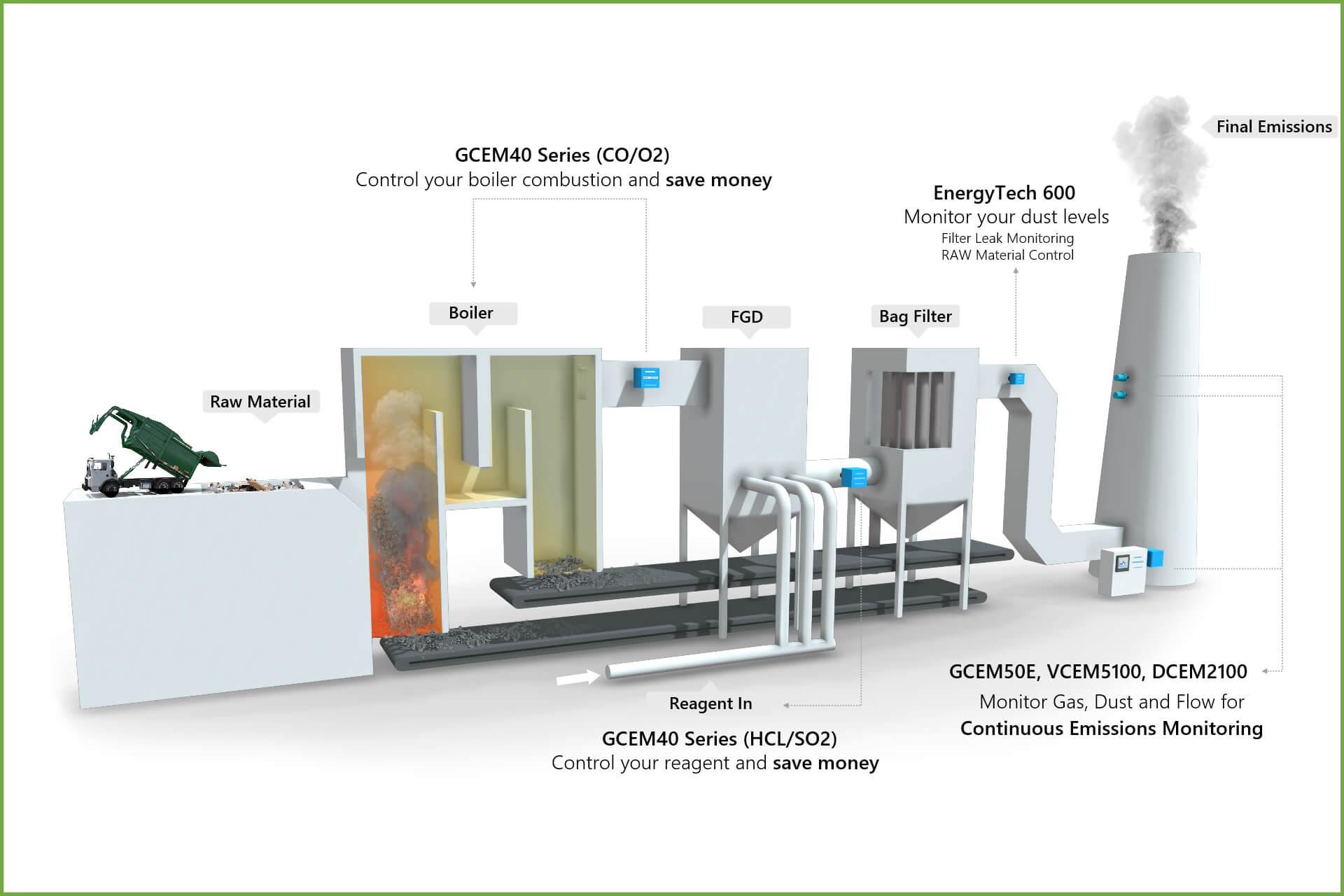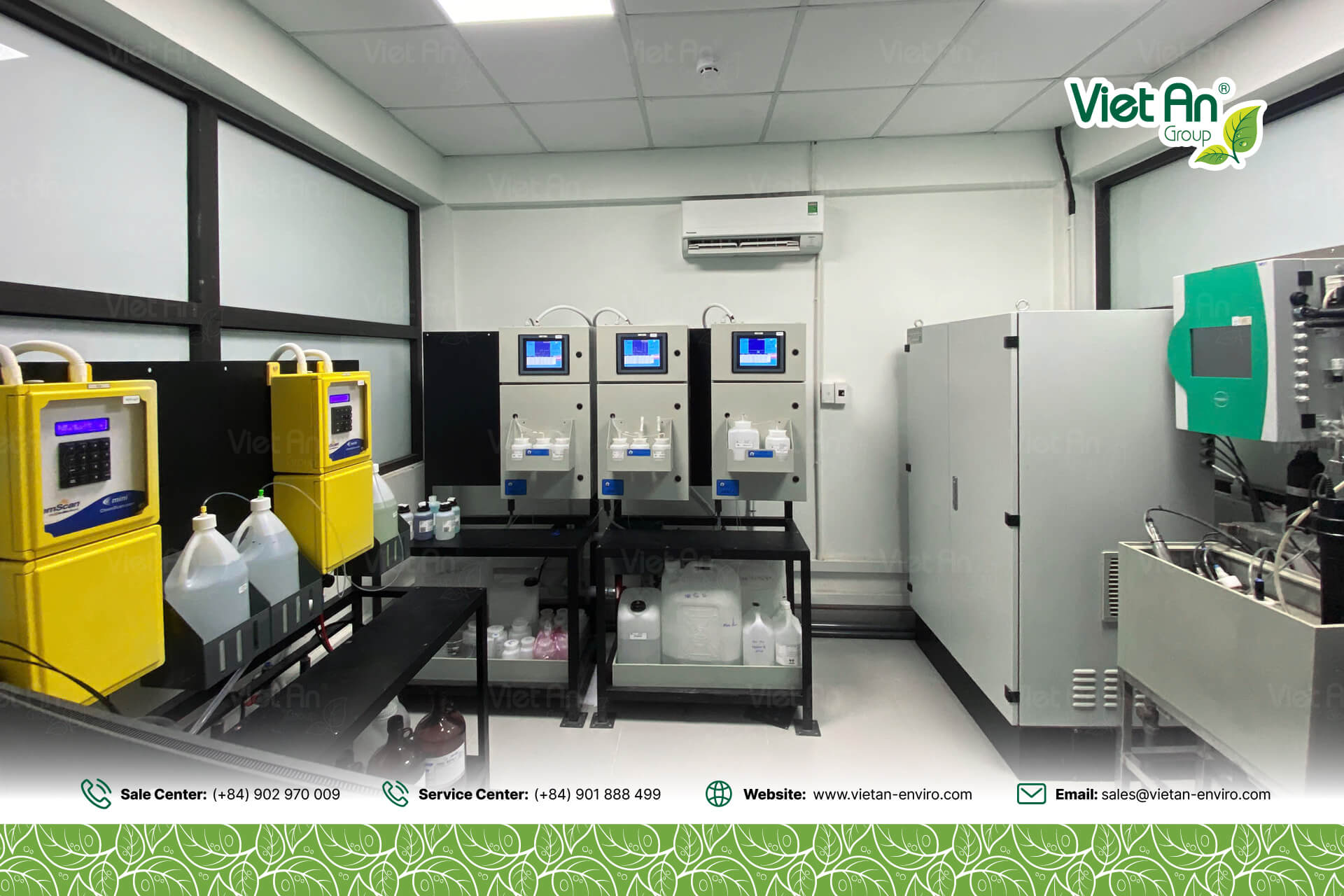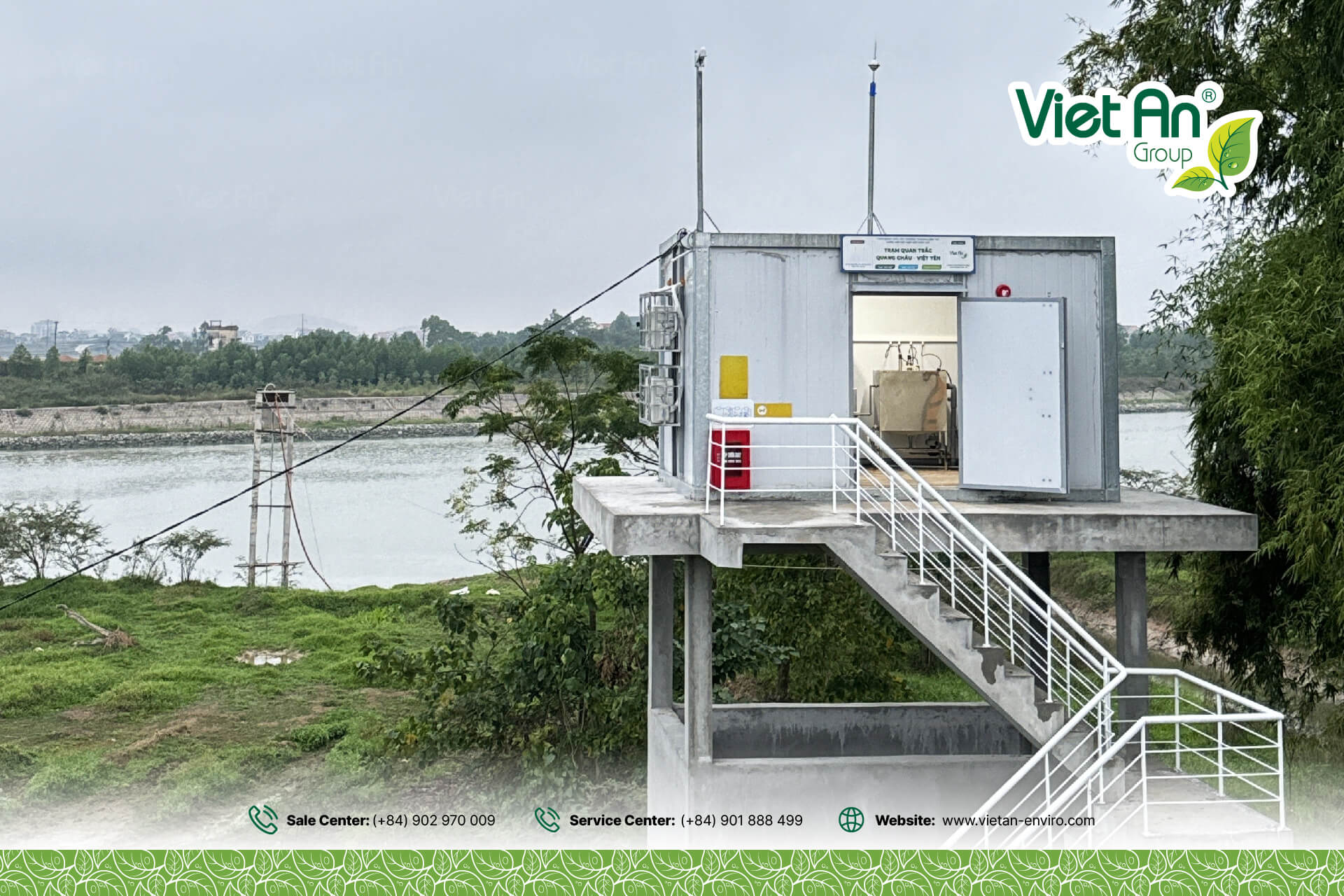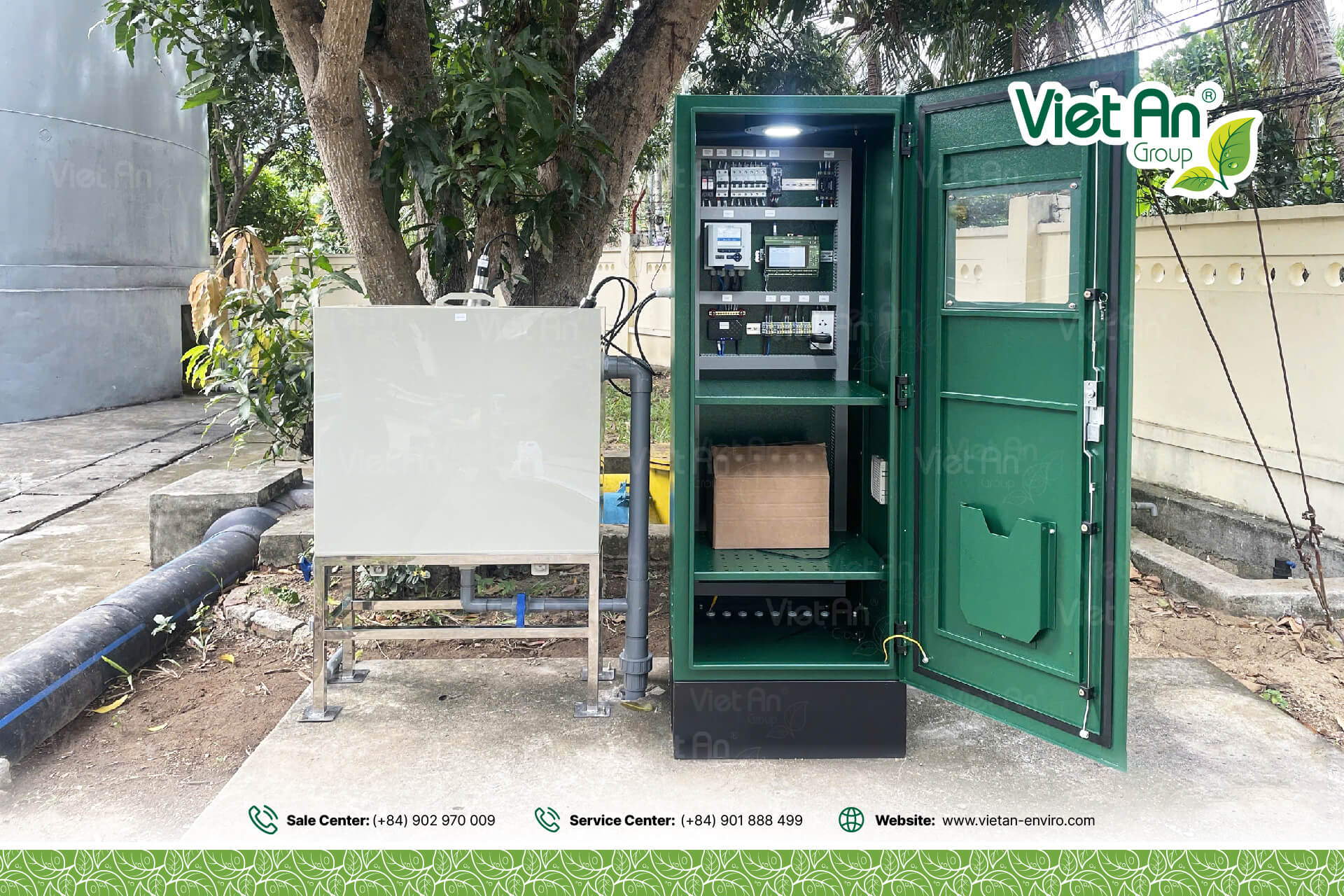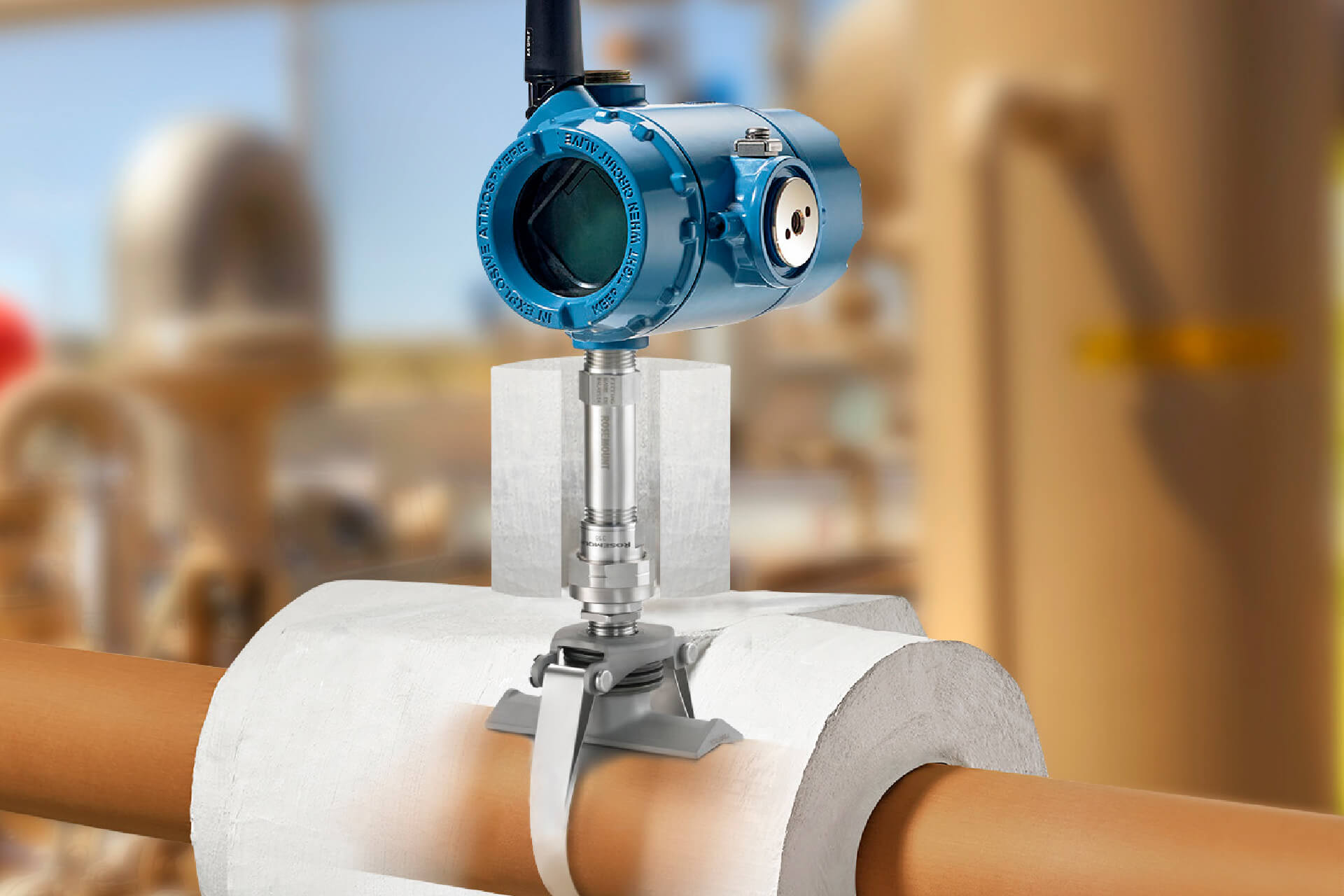Air monitoring station are essential solutions for tracking, analyzing, and assessing air quality amid rising pollution levels. These systems enable early detection of pollutants, provide effective control measures, support businesses in regulatory compliance, and contribute to environmental protection while improving community living standards.
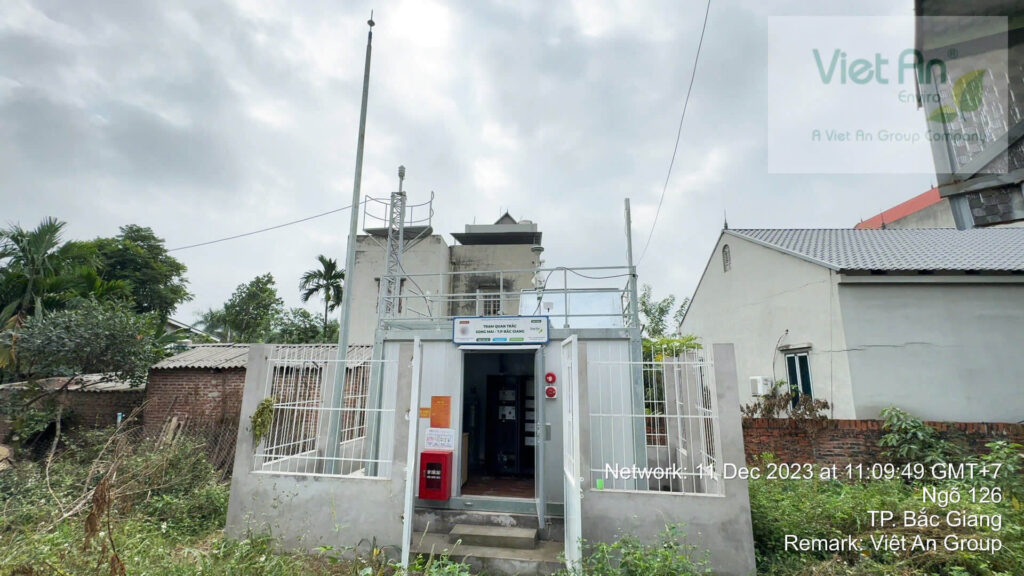
What is air quality monitoring?
Air quality monitoring is the process of measuring, analyzing, and assessing air quality based on physical, chemical, and biological indicators. This activity helps determine pollution levels, track trends over time, and provide data for environmental protection, public health, and sustainable policy planning.
Monitoring devices can measure parameters such as fine dust (PM2.5, PM10), toxic gases (CO, SO₂, NOx, O₃), temperature, humidity, and pressure. Data collected from air monitoring station is transmitted to the control center for analysis, alerts, and proposing effective pollution control solutions.
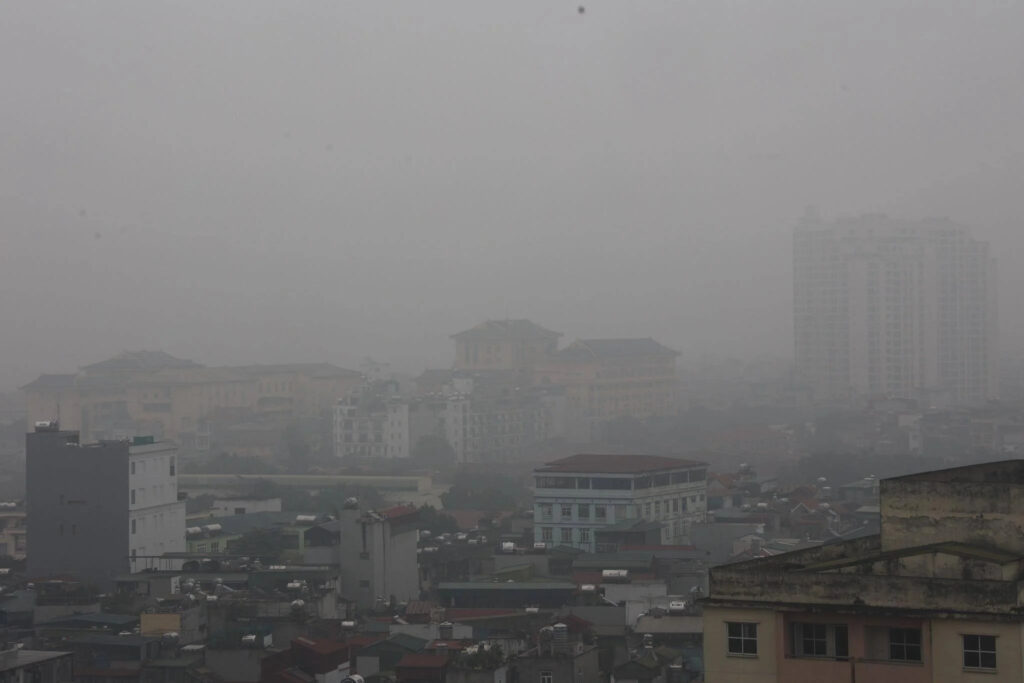
Why should businesses monitor air quality?
Air monitoring station plays a crucial role in monitoring air quality, protecting human health, and ensuring compliance with legal regulations. Below are the key reasons why businesses and regulatory agencies need to conduct air quality monitoring:
- Pollution Control and Health Protection: Helps in the early detection of hazardous pollutants such as fine dust (PM2.5, PM10), SO₂, CO, NO₂, etc., enabling the implementation of measures to minimize negative impacts.
- Compliance with Legal Regulations: According to Circular 10/2021/TT-BTNMT, businesses are required to conduct periodic monitoring to meet environmental standards and avoid penalties.
- Evaluating the Effectiveness of Emission Treatment Systems: Monitoring data helps businesses assess the efficiency of pollution control equipment and optimize production processes.
- Supporting Planning and Sustainable Development: Monitoring results provide a scientific basis for regulatory agencies to develop environmental policies and rational urban planning.
Air quality monitoring not only helps control pollution but also contributes to improving quality of life and promoting sustainable economic development.

Air Quality Monitoring Parameters
To accurately assess air quality, air monitoring station must measure various parameters, including meteorological factors and specific pollutants. Below are the key parameter groups:
- Mandatory meteorological parameters: Wind direction, wind speed, temperature, humidity, air pressure, and solar radiation. These factors directly influence the dispersion and accumulation of pollutants.
- Main pollutant parameters: SO₂ (Sulfur dioxide), NO₂ (Nitrogen dioxide), NOx (Total nitrogen oxides), CO (Carbon monoxide), O₃ (Ozone), TSP (Total suspended particles), PM10 (Particulate matter ≤ 10 µm), Pb (Lead).
- Applicable standards: The measurement of these parameters typically follows QCVN 06:2009/BTNMT and may vary depending on the specific requirements of each monitoring program.

Humidity is a factor that helps reduce ozone pollution.
Components of an Ambient Air Quality Monitoring System
A air monitoring station consists of multiple components working together to collect, transmit, and analyze air quality data accurately and continuously. Below are the key components of an ambient air quality monitoring system:
The Most Common and Suitable Ambient Air Monitoring Equipment
A standard air quality monitoring station typically includes the following measurement devices:
- Gas analysis equipmentGas analyzers: Measure pollutant concentrations such as SO₂, NO₂, CO, O₃, NH₃, VOCs, etc., using multi-point or single-point measurement methods.
- Dust measurement devices: Determine the concentration of airborne particulates, including total suspended particles (TSP), fine dust (PM10), and ultra-fine dust (PM2.5).
- Thiết bị đo thông số khí tượngMeteorological sensors: Record environmental factors affecting pollutant dispersion, such as temperature, humidity, wind speed and direction, solar radiation, and rainfall.
Data Collection and Transmission Device (Datalogger)
The datalogger plays a crucial role in an air quality monitoring station, enabling data recording, processing, and real-time transmission from measurement sensors to the monitoring center. This ensures data accuracy and continuity.
EnviData 1801, an advanced datalogger developed by Viet An, meets stringent technical standards. It supports flexible connectivity with various sensors, ensures stable data transmission via 3G/4G, and integrates directly with the Department of Natural Resources and Environment’s monitoring system, helping businesses comply with environmental monitoring regulations.
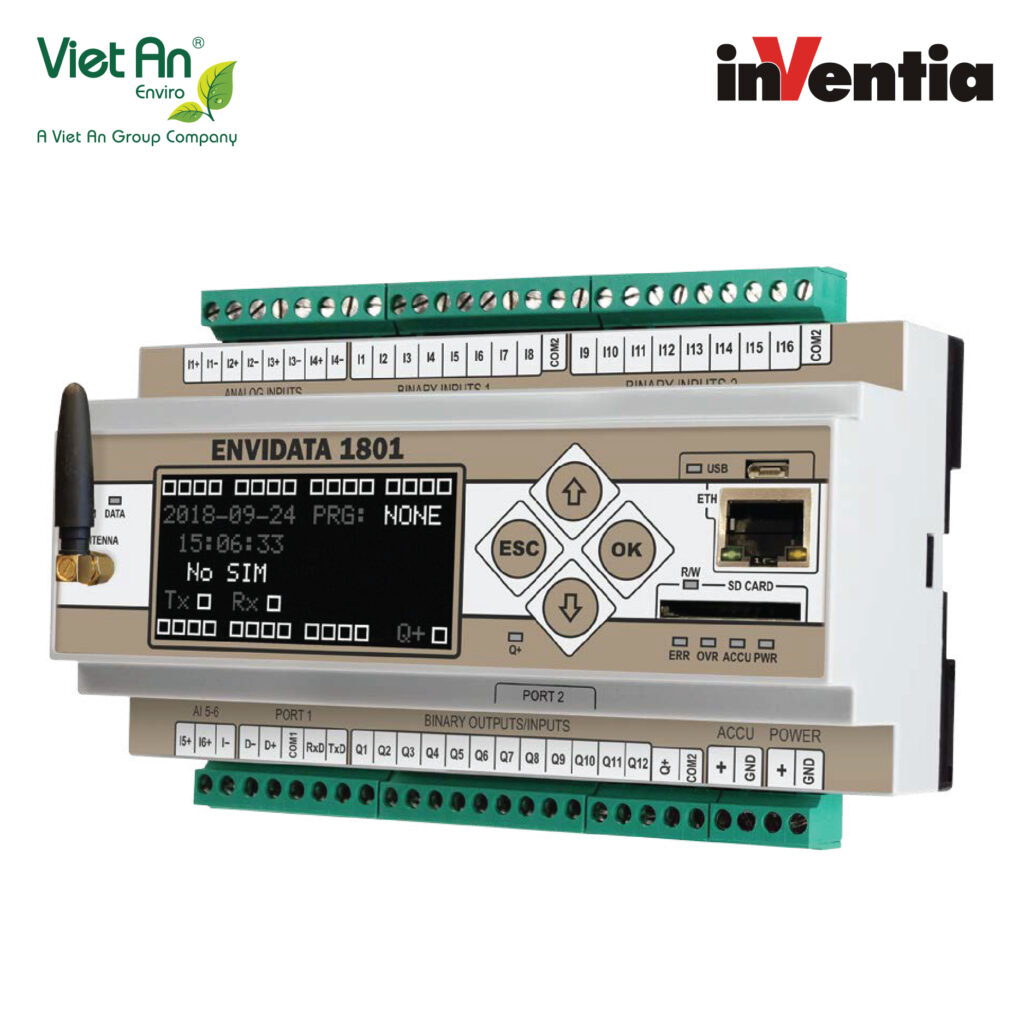
Monitoring Station and Auxiliary Systems
- Monitoring station shelter: Protects equipment and ensures stable operation in all weather conditions.
- Auxiliary systems: Include calibration gas cylinders, surveillance cameras, lightning protection, fire alarm systems, air conditioning, and gas distribution systems.
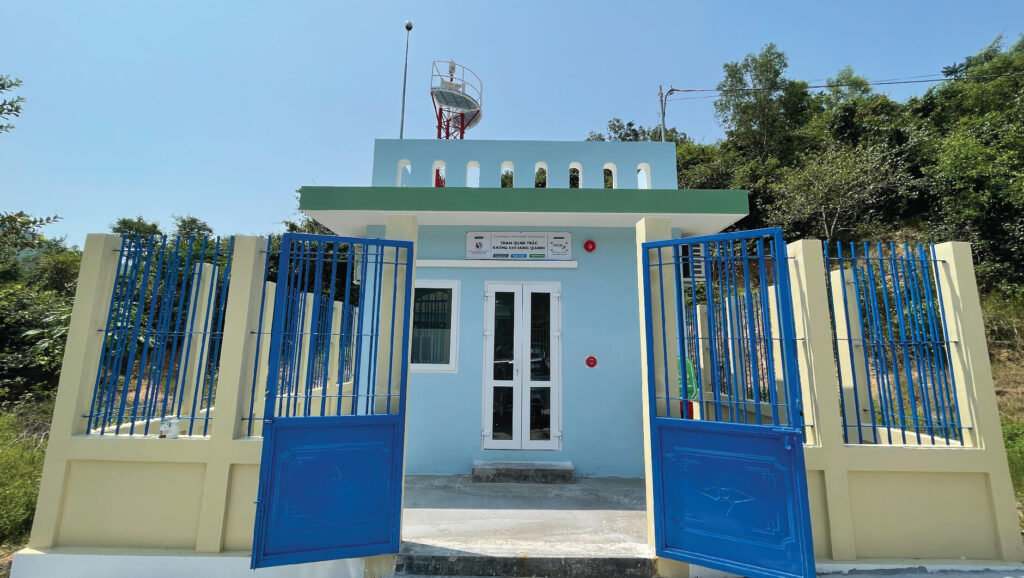
Data Monitoring Software
The software collects, analyzes, and displays real-time data, aiding environmental management and timely alerts. Data can be directly linked to the Department of Natural Resources and Environment to ensure compliance with regulations.
To enhance environmental management and monitoring efficiency, iLotusLand provides an IoT-based software solution for real-time tracking, analysis, and intelligent decision-making based on monitoring data.
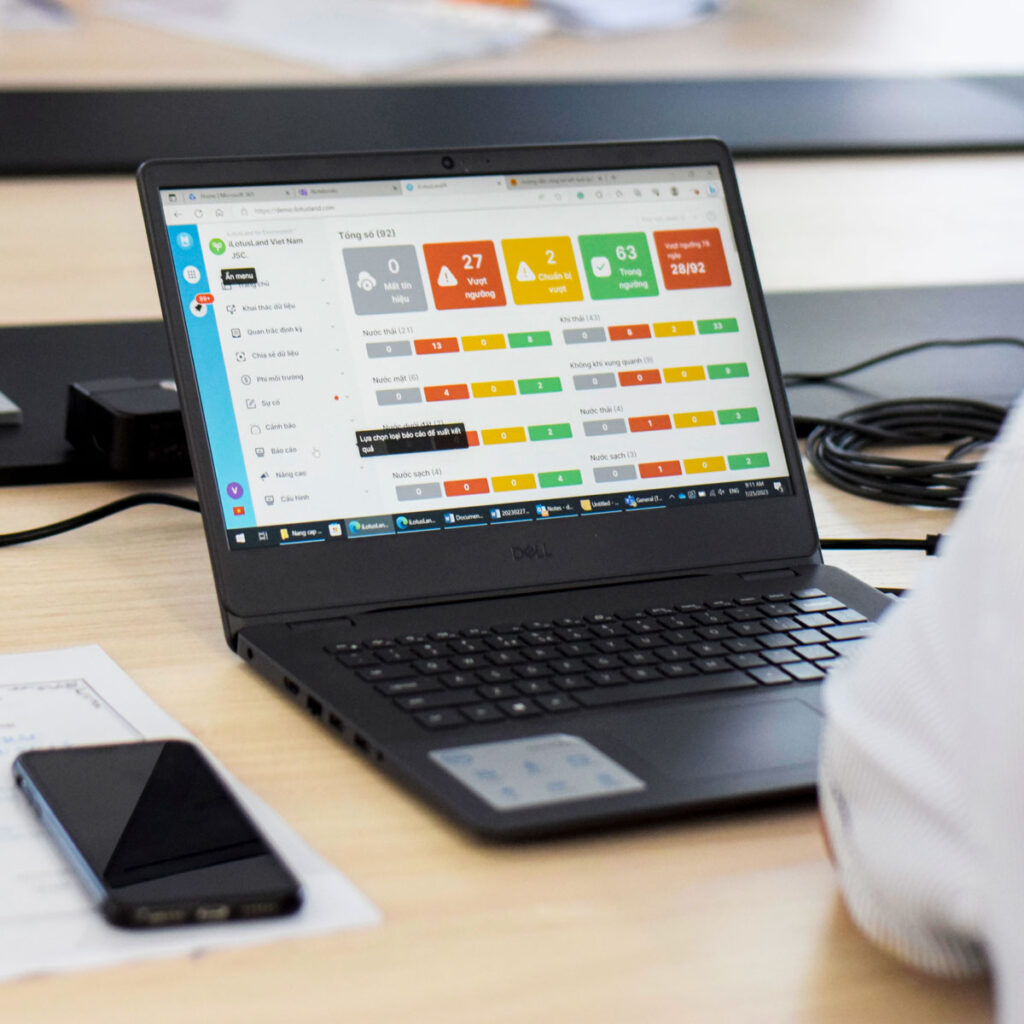
Advanced Equipment for Ambient Air Monitoring
Below are cutting-edge devices in Viet An’s iMisff 8101 AQ Automatic Ambient Air Monitoring Solution from Viet An, which ensures high-accuracy monitoring, real-time data collection, and effective environmental management.
The AIO 2 Sonic weather sensor
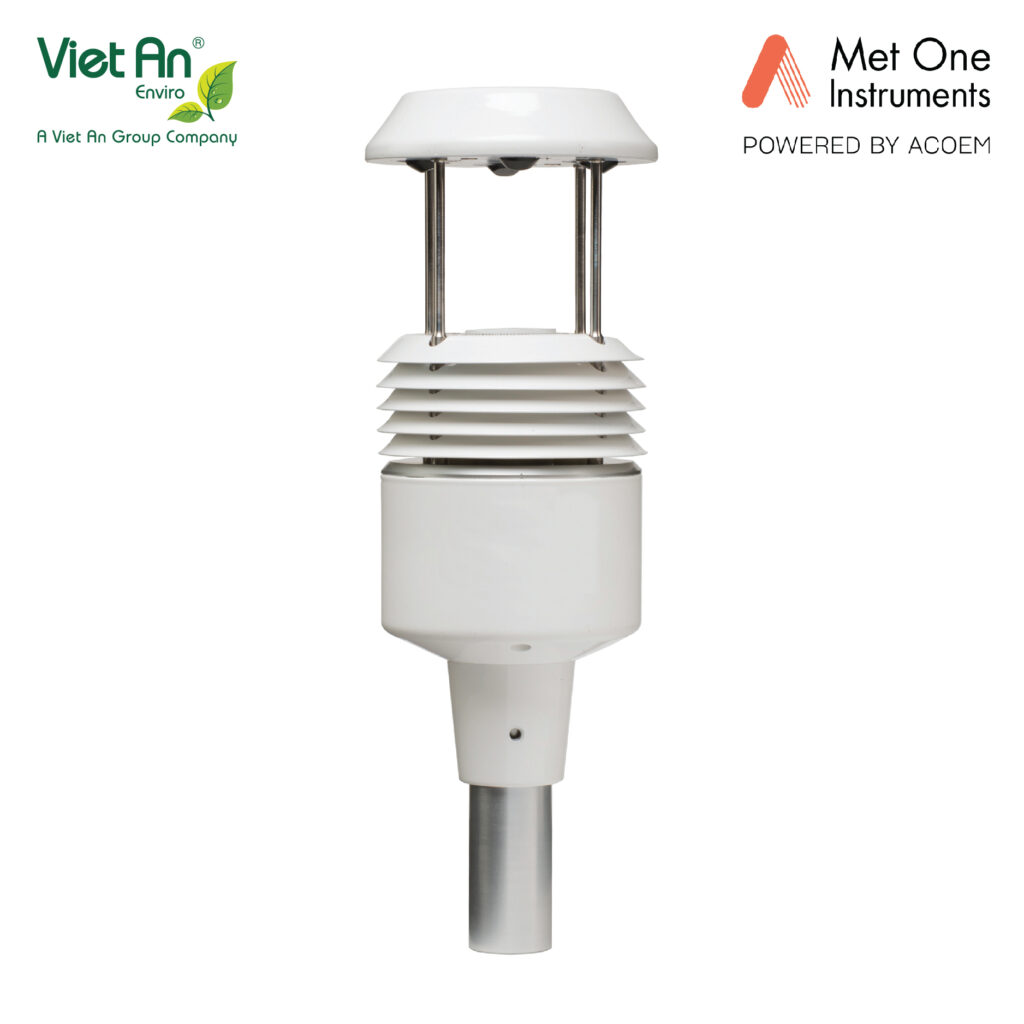
ES-642 Continuous Particle Dust Concentration Measurement Device
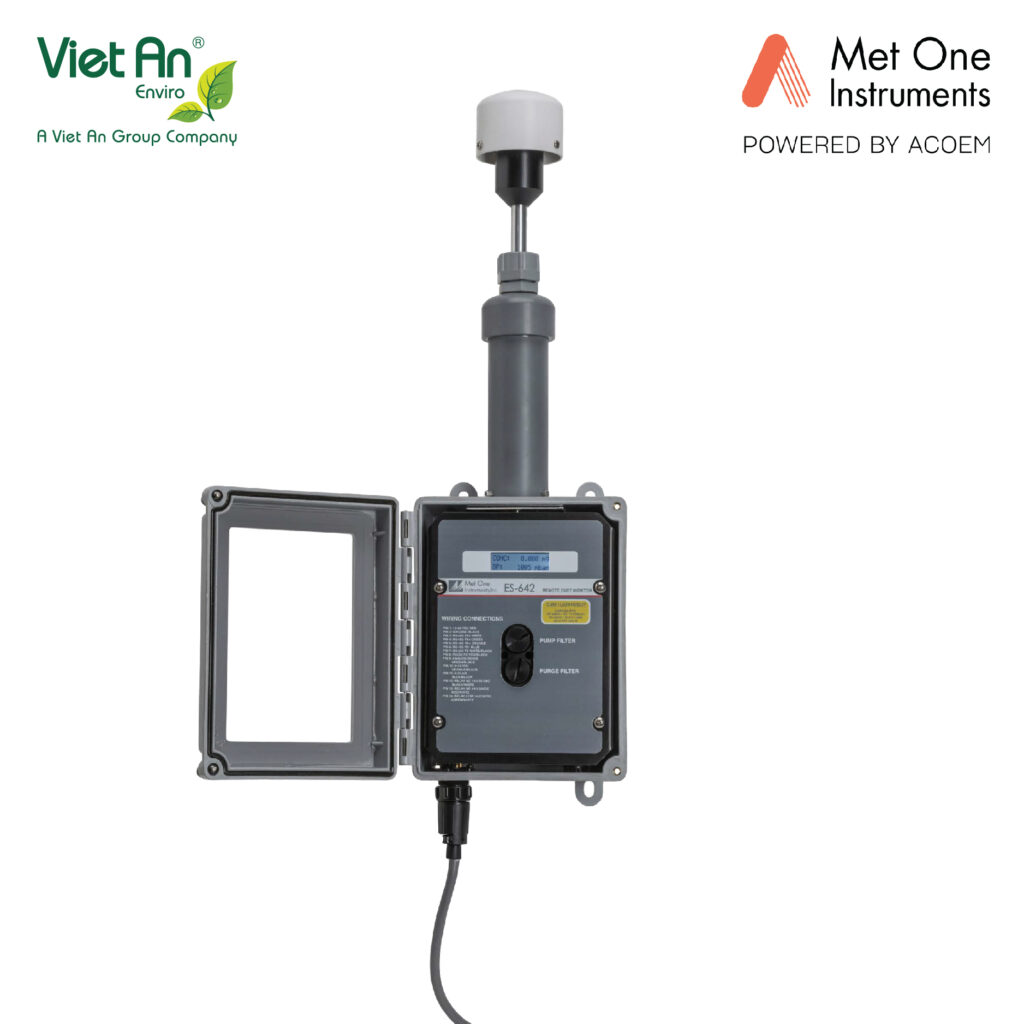
MP101M PM10 & PM2.5 Dust Analyzer
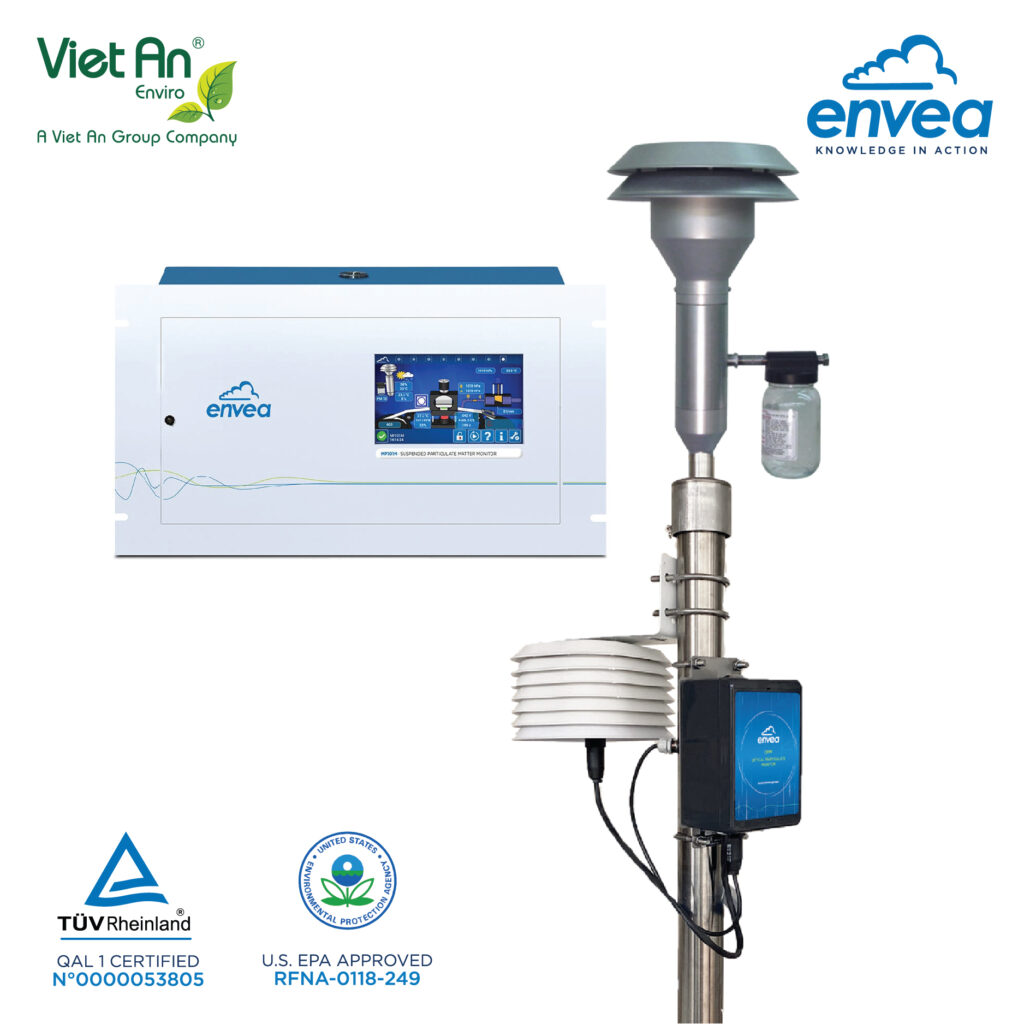
Carbon Monoxide Analyzer
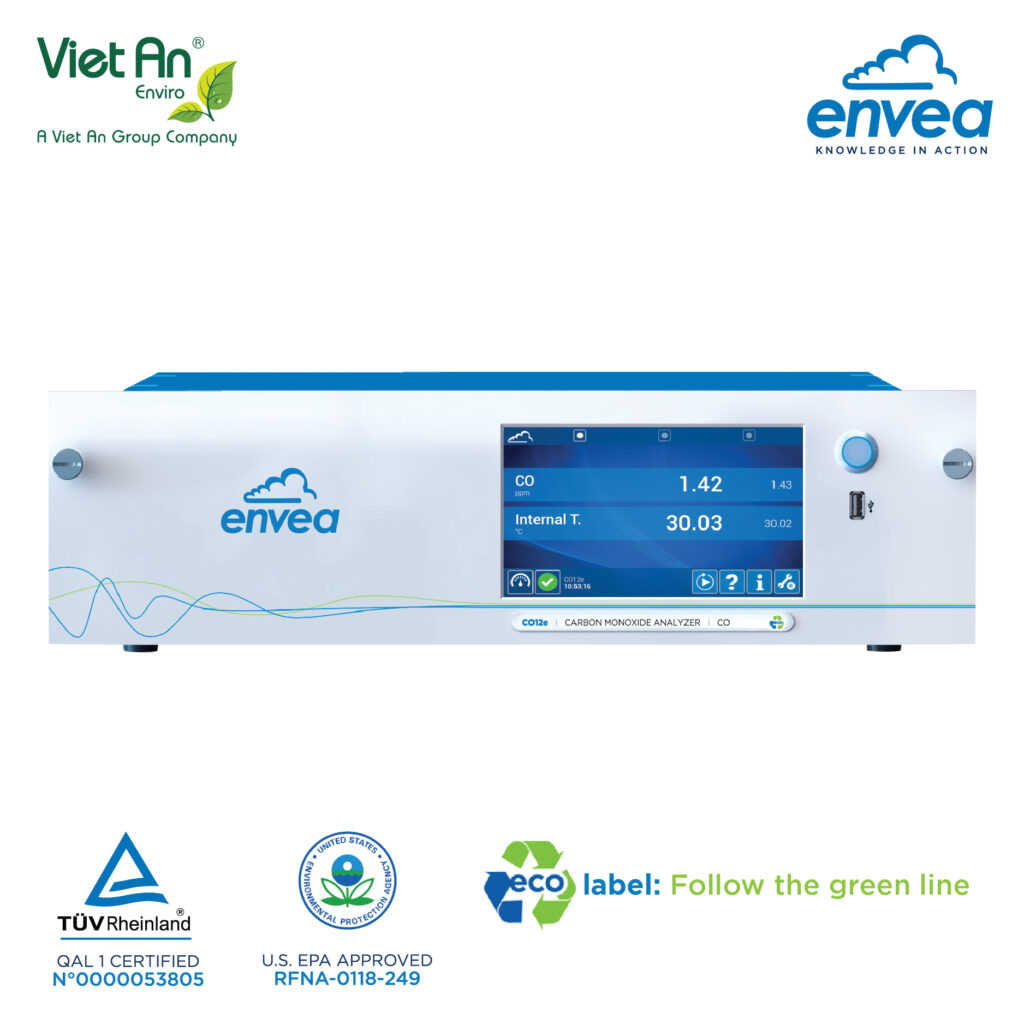
Gas analyzer for sulfur dioxide SO2
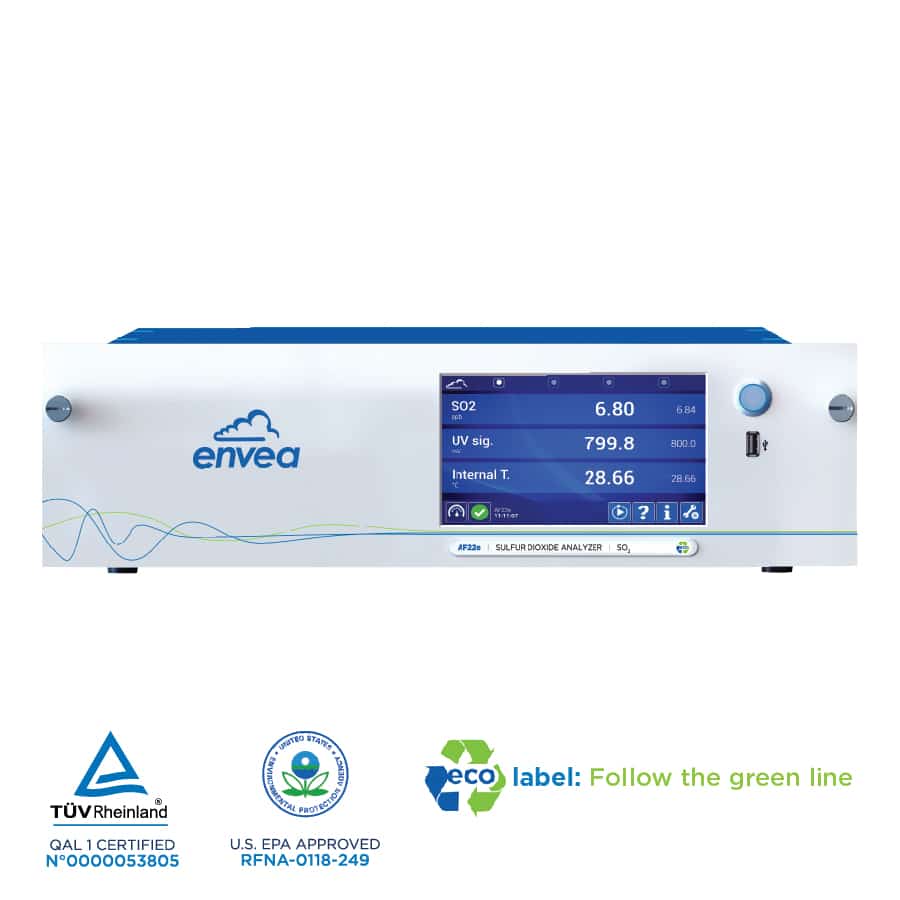
Envea Optical Ozone Analyzer
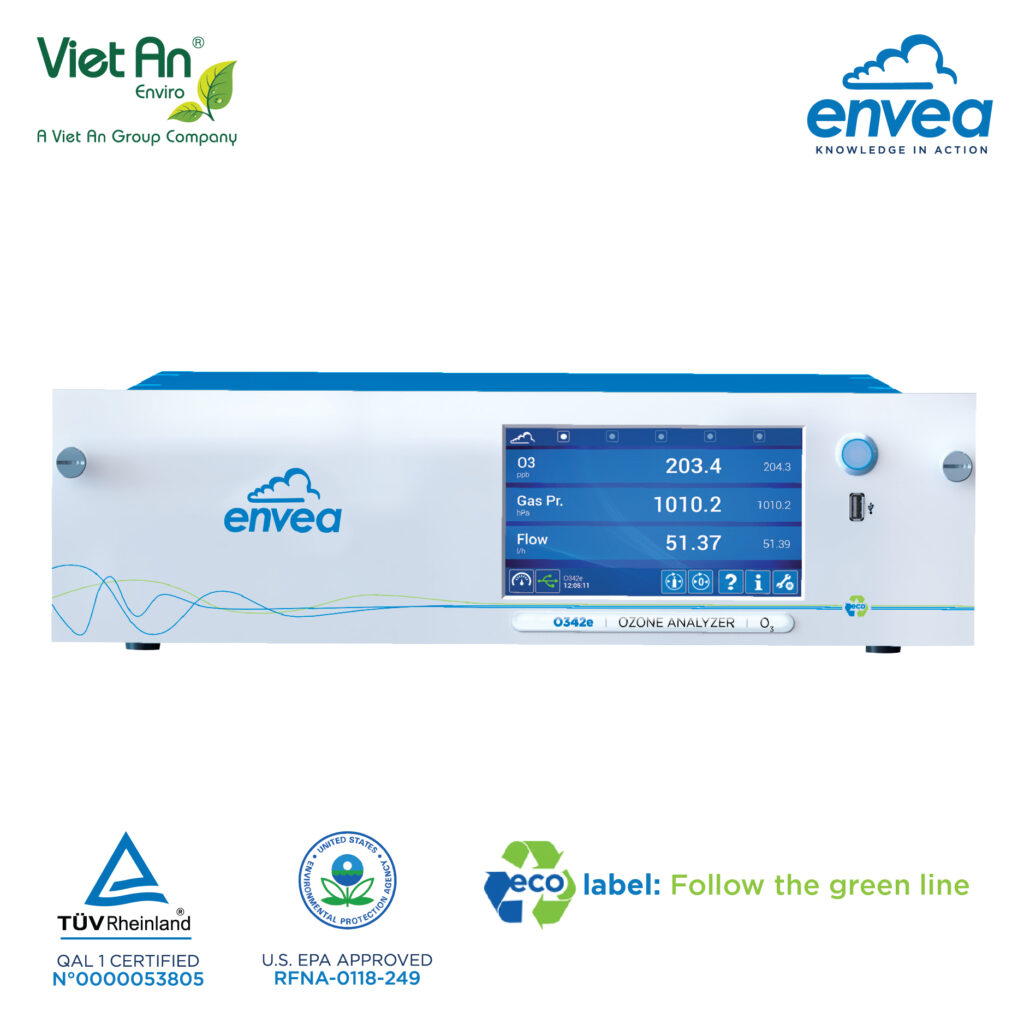
AC32e Nitric Oxide Analyzer
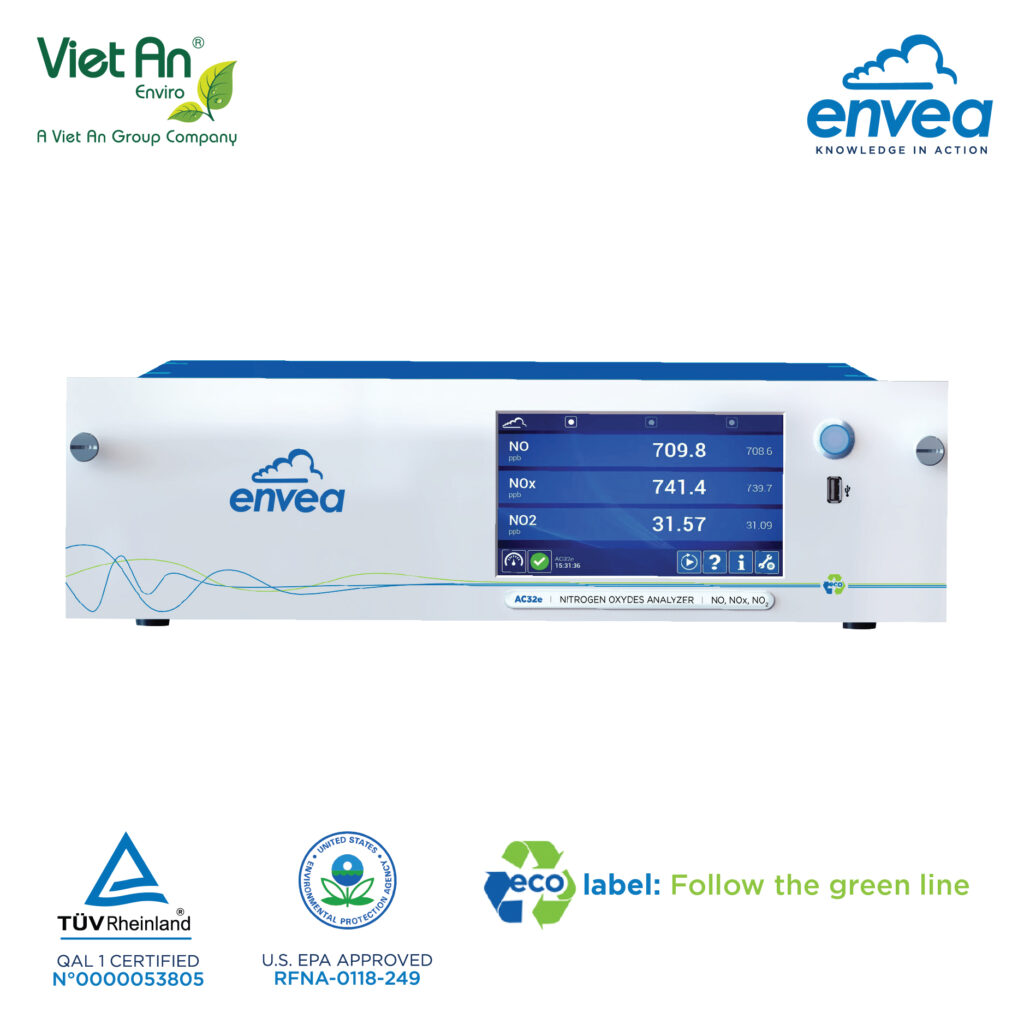
Conclusion
Air monitoring station not only helps assess environmental quality but also plays a critical role in pollution control, public health protection, and regulatory compliance. Investing in modern monitoring systems is a sustainable solution towards a cleaner and healthier environment.
